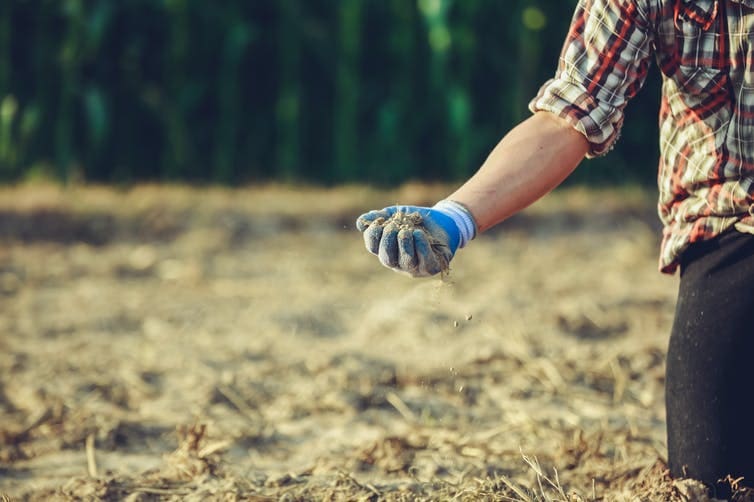
SEVEN years after the first soil-carbon project was developed under Australia’s carbon-trading framework, only one has been awarded credits, leaving some to ask: where are the rest of them?
Soil-carbon sequestration has been heavily backed by the incumbent Federal Government, with energy minister Angus Taylor announcing a $54-million package to support baseline testing on farms and a $50-million package into research and development.
The agricultural industry seems to be taking the message, with more than half of the almost 300 projects registered under Australia’s Emissions Reduction Fund signing up since the start of last year.
Sixty of those projects have started this year, and the government is hoping that increases to 5000 by 2025.
Early adopters of soil-carbon farming started seven-years-ago.
Of the 15 projects started in 2015, only one project from Victoria has received credits.
Something is wrong here
Professor Richard Eckard from the University of Melbourne said when soil-carbon methods were first being developed, concerns were raised about their ability to deliver.
“You had politicians being convinced by a non-scientific audience that soil carbon can save the day,” Professor Eckard said.
“Meantime, they had the science community saying ‘it’s almost impossible to measure the difference within five years’.”
Professor Eckard described the original carbon method as a “policy master-stroke,” where the government could push the responsibility on to farmers.
“Policy-makers were squeezed between enthusiastic politicians and scientists who were saying ‘it’s really hard’ and the best way get out of jail was to come up with a policy that doesn’t obligate government,” he said.
“The farmer has to spend the $200 a hectare on day one and again five years later to see if they qualify for carbon credits.
“Then you see only one farm has generated carbon credits, so something is wrong here.”
Professor Eckard recently told Beef Central the soil-carbon methods were some of the highest integrity, but he said there were issues with the regulation underpinning it.
“There’s a lot of corporates who are involved in this and a lot of them are doing the right thing. But there’s nothing stopping them from making false promises to farmers,” he said.
High hopes for soil carbon
The soil-carbon industry has developed a lot since the first method used by producers was introduced in 2015.
Two updated methods have aimed to make it more user friendly, and to attract more landholders to the scheme.
Simply put, they require all landholders to take a baseline measurement of soil carbon, then change management practices such as switching to cell grazing, and take another measurement in five years to see if there has been an increase in soil carbon.
For every extra tonne of CO2, an Australian Carbon Credit Unit is awarded.
“There is great opportunity to ensure win-win outcomes for farm productivity and emissions reduction (in) soil carbon,” Minister Taylor told a recent Carbon Market Institute webinar.
“That’s why I’ve been so relentlessly focused on addressing the costs of measurement.
“Mainstreaming activities that’ll increase soil carbon will undoubtedly be good for Australian agriculture.”
Projects due to report, Clean Energy Regulator
In response, a spokesperson from the Clean Energy Regulator said registered projects had the option of delaying some of their reporting.
“Under the ERF soil-carbon methods, participants can report to earn carbon credits between every 1-5 years after the project start date,” the spokesperson said.
“Project proponents can apply to defer their start date by up to 18 months and have six months to submit their report from the end of the reporting period.
“This means that only projects registered before 21 April 2015 are now due to report.
“The Clean Energy Regulator has up to 90 days to assess crediting applications before credits are issued and reflected in the project register.”
“The CER works actively with potential and actual soil project proponents to assist them to understand the requirements of the method. There are simple method guides as well as other guidance on the CER website.”

HAVE YOUR SAY